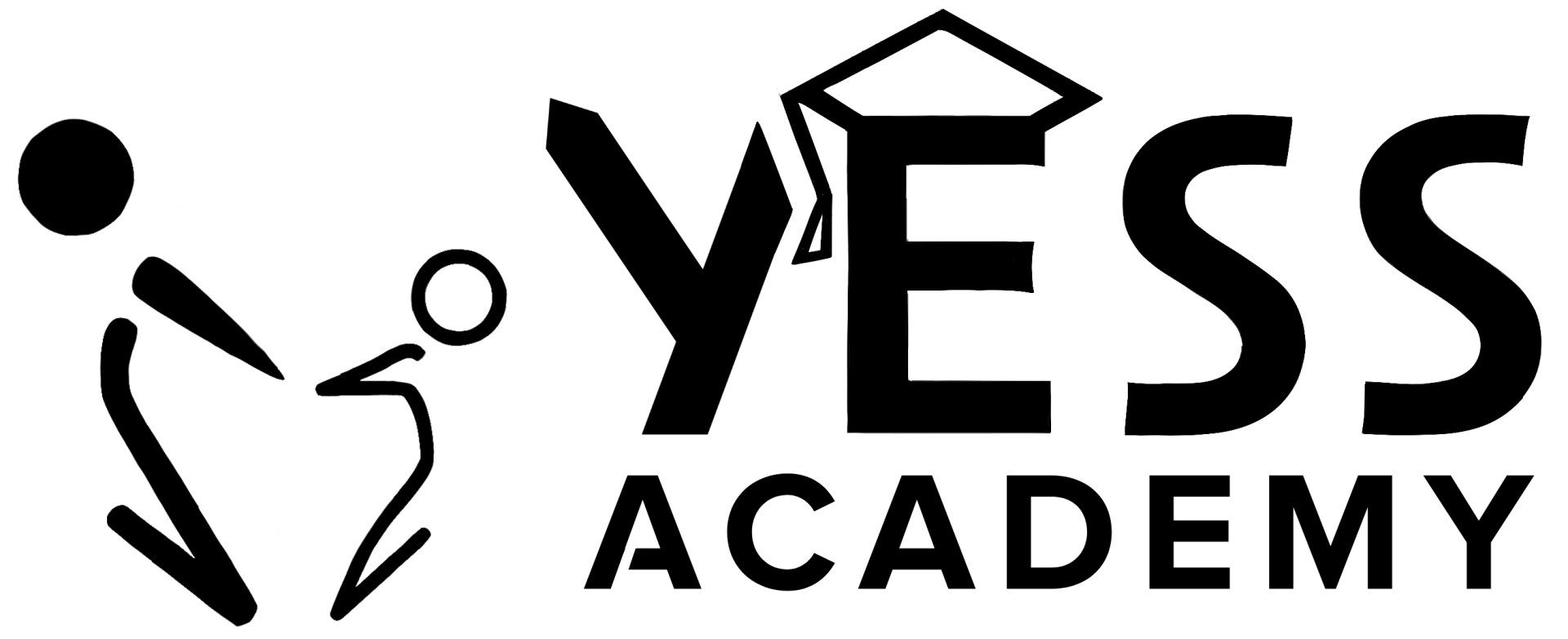The Dangers of Fentanyl: Why We Must Educate Our Youth Now
What is Fentanyl?
The Rising Threat to Our Youth
Why Education is Critical
Check out our Healthy Lifestyles Courses
Interactive eLearning and hybrid courses on youth substance misuse awareness & education.
Cannabis Awareness & Education
5th-8th Grade
-
Cannabis Myths VS Facts
-
Cannabis & Health Impacts
-
Laws & Medical Cannabis
-
Evaluating Evidence
Vaping Awareness & Education
6th-9th Grade
-
Vaping Myths VS Facts
-
Vaping & Health Impacts
-
Coping & Resiliency Skills
-
Evaluating Evidence
Opioid Awareness & Education
9th-12th Grade
-
Opioid Myths VS Facts
-
Opioid & Health Impacts
-
Opioid & Resiliency Skills
-
Evaluating Evidence
Take Action: Protect Our Youth from the Dangers of Fentanyl
National Institute on Drug Abuse (NIDA) - Fentanyl and Other Synthetic Opioids:
NIDA - Fentanyl
NIDA offers research-backed information on fentanyl, including its effects, risks, and its role in overdose deaths, especially among youth.
Substance Abuse and Mental Health Services Administration (SAMHSA) - Opioid Overdose Prevention:
SAMHSA - Opioid Overdose Prevention
SAMHSA provides guidelines and strategies for preventing opioid overdoses, with a focus on fentanyl’s risks and the importance of naloxone administration.
U.S. Food and Drug Administration (FDA) - Opioids and Fentanyl:
FDA - The Opioid Crisis
The FDA offers comprehensive information on opioids, including fentanyl’s use, its dangers, and how it is fueling the opioid epidemic.
American Academy of Pediatrics (AAP) - Addressing the Opioid Crisis and Youth:
AAP - Opioid Crisis Impact on Youth
The AAP discusses how the opioid epidemic affects children and youth, with a focus on prevention and education as critical tools to combat misuse.
Truth Initiative - Fentanyl Crisis:
Truth Initiative - Fentanyl and Youth
This resource discusses the connection between youth substance use and fentanyl-related overdose deaths, emphasizing the importance of awareness and prevention efforts.

-
1385 S. Colorado Blvd 610-A
Denver, CO 80222 -
303-709-8178
